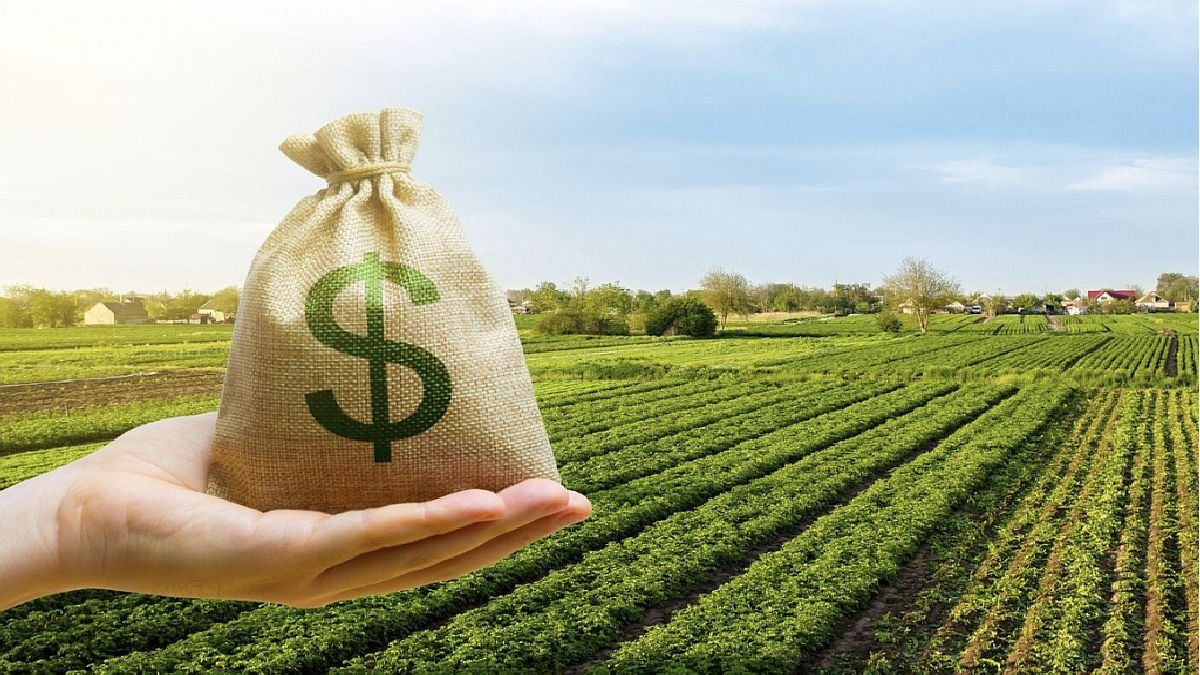Specifically, statistics show that so far in February of this yearagro-export companies entered the exchange market with US$441 million, which represents the lowest figure for this month since 2004 and a year-on-year decline of 74%. Added to this situation is the fact that in January the field liquidated just US$928 million, so the first two months of the year have added more pressure to the economy.
In this context, in the agro-industrial sector the possibility of the Government launching a new edition of the soybean dollar or another financial tool to accelerate the entry of foreign currency in the short term began to sound strongly, something that was finally ruled out by the Secretary of Agriculture, Juan José Bahillo, who affirmed that currently the Government’s priority is to assist small and medium-sized producers affected by the drought.
In any case, with or without the soybean dollar, reality shows that this 2023 will be characterized by a strong decline in the income of dollars from the field after the record last year when the sector liquidated just over US$40,000 million. The most encouraging projections speak of a cut of US$10,000 million in the current cycle and of more than US$18,000 million if the weather continues unabated.
Another front to take into account and that will directly impact the economy is that with the lower production of soybeans and corn there will also be a more than considerable drop in tax collection. So far the reduction would be US$3,000 million compared to last year, which marks a setback of 19%, but if the drought continues damaging the state of the crops, the drop would be US$4. 400 million (25%) and US$6,500 million (37%) if early frosts are added to that.
In parallel, the front of hope that is opening up is the normalization of the climate with the end of the Niña phase and the beginning of a Niño phase that would mean, only in the second half of the year, a more neutral climate for the countryside and that would collaborate for producers to plan the campaign for fine grains, mainly wheat. The truth is that first it will be necessary to go through a very complex first semester and that is why in the countryside it still resonates strongly that later on, the Government will inevitably seek to encourage grain sales and therefore the income of foreign currency to an economy that needs fresh dollars and accumulate reserves.
Source: Ambito




